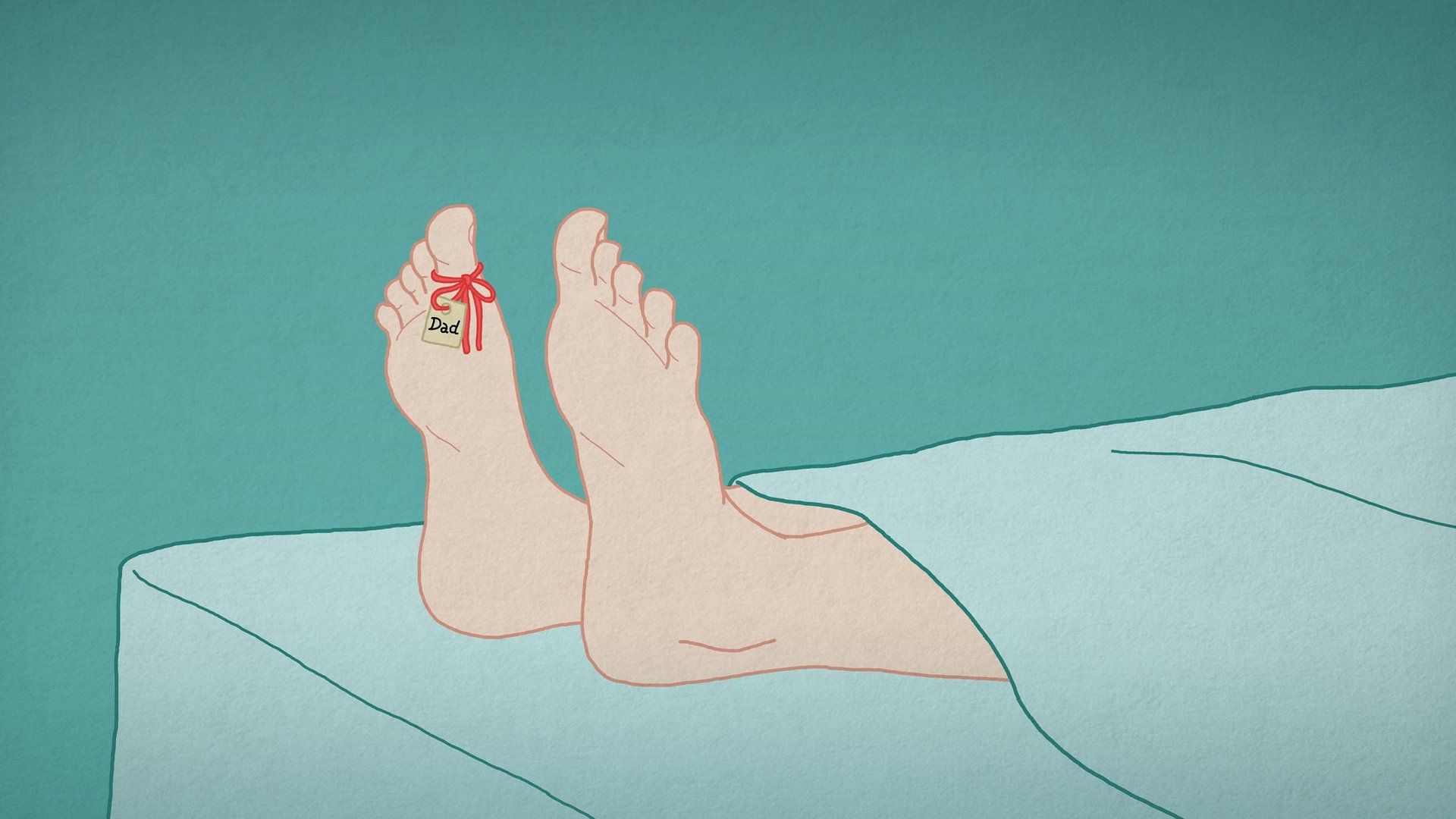In honor of Father’s Day, I’m donating my body to science
Where do we go after we die? For my dad, the answer has never been heaven or hell, but which medical school fridge he might end up in.


Where do we go after we die? For my dad, the answer has never been heaven or hell, but which medical school fridge he might end up in.
My father is a card-carrying organ donor, but if his organs can’t be harvested, he’s made plans to donate his body to science. Cadaver donation has a long history—dating back to 300 BC—but very little of it has been voluntary. In fact, even now some of these bodies are from the “unclaimed.”
My father has always led his children by example, demonstrating how to be generous, caring, and good through his own action rather than by command. He has also always been charitable and interested in social-justice in his life, and through the eventual contribution of his organs or body, he’ll be giving in death too.
So this Father’s Day, how better to honor his contributions than by making my own? Then again, my cold dead body on a metal gurney might not be the kind of present he’s hoping for.
Cadavers are used for many purposes in the United States. They’re used to test out new surgical techniques. They’re used to construct real-bone classroom skeletons. Some are even used as crash test dummies. But most? Most end up in anatomy labs like the one my father attended as a medical student, and like the one I’m participating in as a student physical therapist.
I’d never thought about donating my own cadaver until starting my doctoral program in physical therapy three weeks ago. Now, every Tuesday and Thursday, I learn the names, functions, innervations, and attachments of muscles from my professor and his excellent set of PowerPoint slides. Every Monday and Wednesday, though, I learn from “Jerry”—a man whose true name and history is kept secret, allowing him and his family to maintain anonymity as we students learn things about his body that he never knew about himself.
By giving us his body, Jerry allows us to understand what’s happening below the surface, literally.
We explore the connection of his tissues, and feel how tightly the layers of our body are bound. We see what a pacemaker looks like as it pokes out from layers of muscle. We see how this incredibly complicated biological structure gets pieced and layered together. And we develop a deep appreciation for the variation in bodies—among the cadavers in our lab, and among the patients we will serve in the future.
As a practicing physical therapist, I won’t have the opportunity to open my patients up. We work from the outside-in, taking note of gait and compensatory postures and movement patterns, of muscular weaknesses and aberrant eye movements. We learn about our patients’ brain damage through their speech and memory, about their nerve damage through the positioning of their hands. Without people making the gift of their cadavers, we would lose our only chance to see—and feel—the internal structures that we treat daily.
My father never boasts about his final gift. In fact, he never makes much of a fuss over the fact that he is going to give his body to science. But as my father says, and as I believe: I don’t have a use for my body once I’m done with it. Someone else certainly does.
Cadaver donation isn’t for everyone. Organ donation really should be—register today. Even in life, you can donate blood. But if you really value education and innovation in health science, consider giving your whole body. There’s a wikiHow page for everything these days.
Dad never asked me to donate my body. But thanks to Jerry, who already gave his body—I believe I have an obligation. I’ll admit, I haven’t made the leap yet. But when I’m ready, I’ll select a program, sign my consent forms, and make my wishes known.
My dad gave me life. And in his honor, as grim as it may be, someone else will get my cold, dead body.
Thanks Dad. Happy Father’s Day.